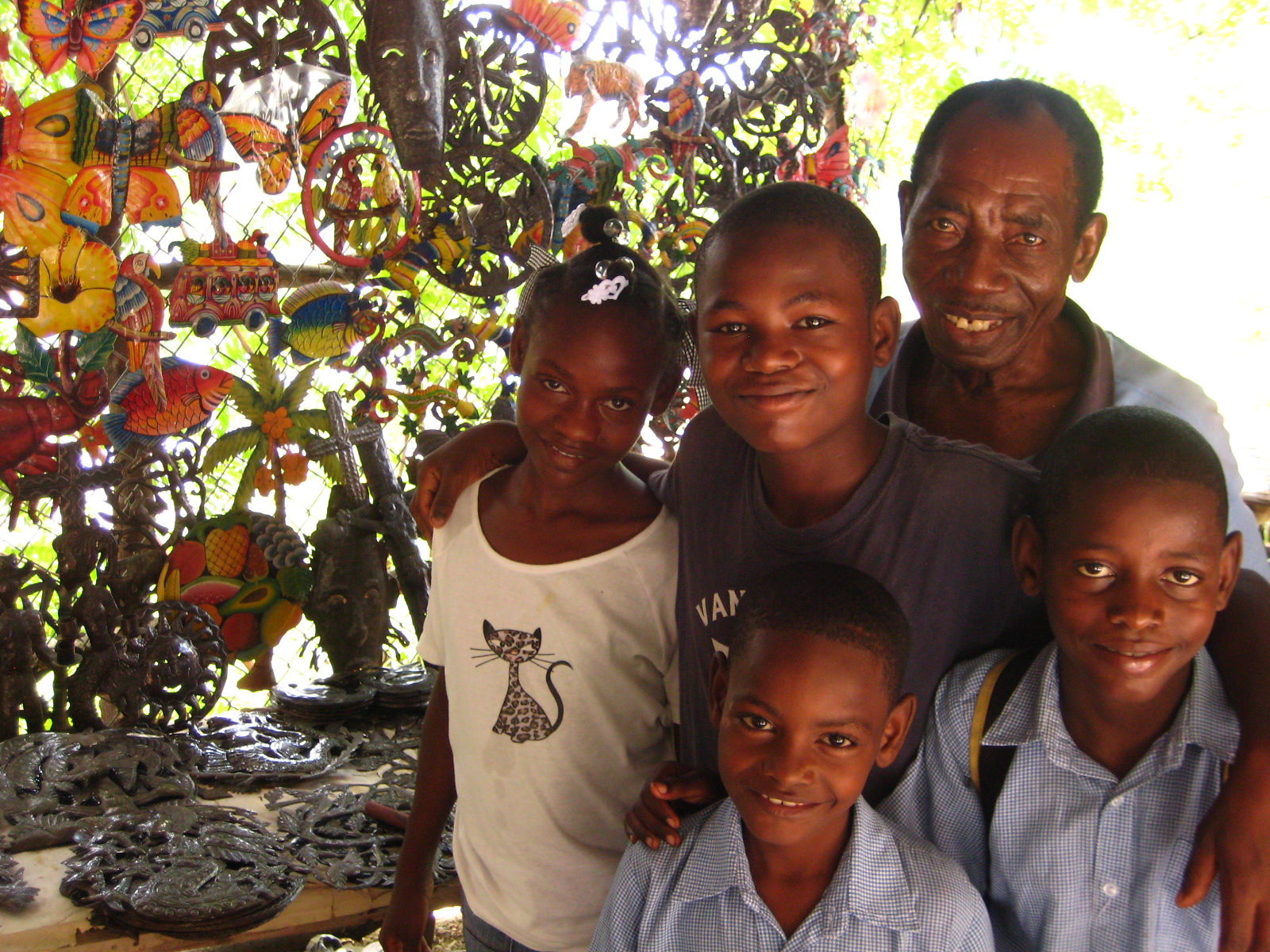Produced for K-12 educators, Teach This Poem features one poem a week from our online poetry collection, accompanied by interdisciplinary resources and activities designed to help teachers quickly and easily bring poetry into the classroom. The series is written by our Educator in Residence, Dr. Madeleine Fuchs Holzer, and is available for free via email.
Featured Poem
Family

Copyright © 2010 by Danielle Legros Georges.
Classroom Activities
- Warm up: Go quickly around the room and ask your students to use one word that represents what they know about Haiti. It is all right if they say “nothing” or decide to pass on their turn.
- Project the image of a Haitian family so the whole class can see it. Ask your students to look at the image closely and write down what they see—not what they think they see, but what they actually see. If they write down, for example, that someone looks confident, they must give evidence from the image of what makes them think the person looks that way. Ask them to share what they noticed with a partner.
- Project “Poem for the Poorest Country in the Western Hemisphere” by Danielle Legros Georges so all your students can see the poem. Ask them to read it silently and write down the words and phrases that jump out at them.
- Ask one student to read the poem aloud to the class, while the listeners jot down new words and/or phrases that jump out. Repeat this process with a second student reading aloud.
- Ask your students to gather in groups of four and discuss what they noticed in the image and in the poem. How are these things similar and/or different?
- Continue the small group discussion on what your students discovered. You may want to prompt them to look for the internal rhymes (rhyming words that may occur within lines instead of only at line ends). Consider pointing out one instance of this to your students, then asking them to identify others.
- Whole-class discussion: Ask your students what they have learned from Georges’s poem and the photograph. Does the imagery evoked by the poem say the same things as the imagery in the photograph? If so, what? Does the imagery say something different? If so, what? (Make sure your students use evidence from their experience of the poem and the photograph to support their answers.)
